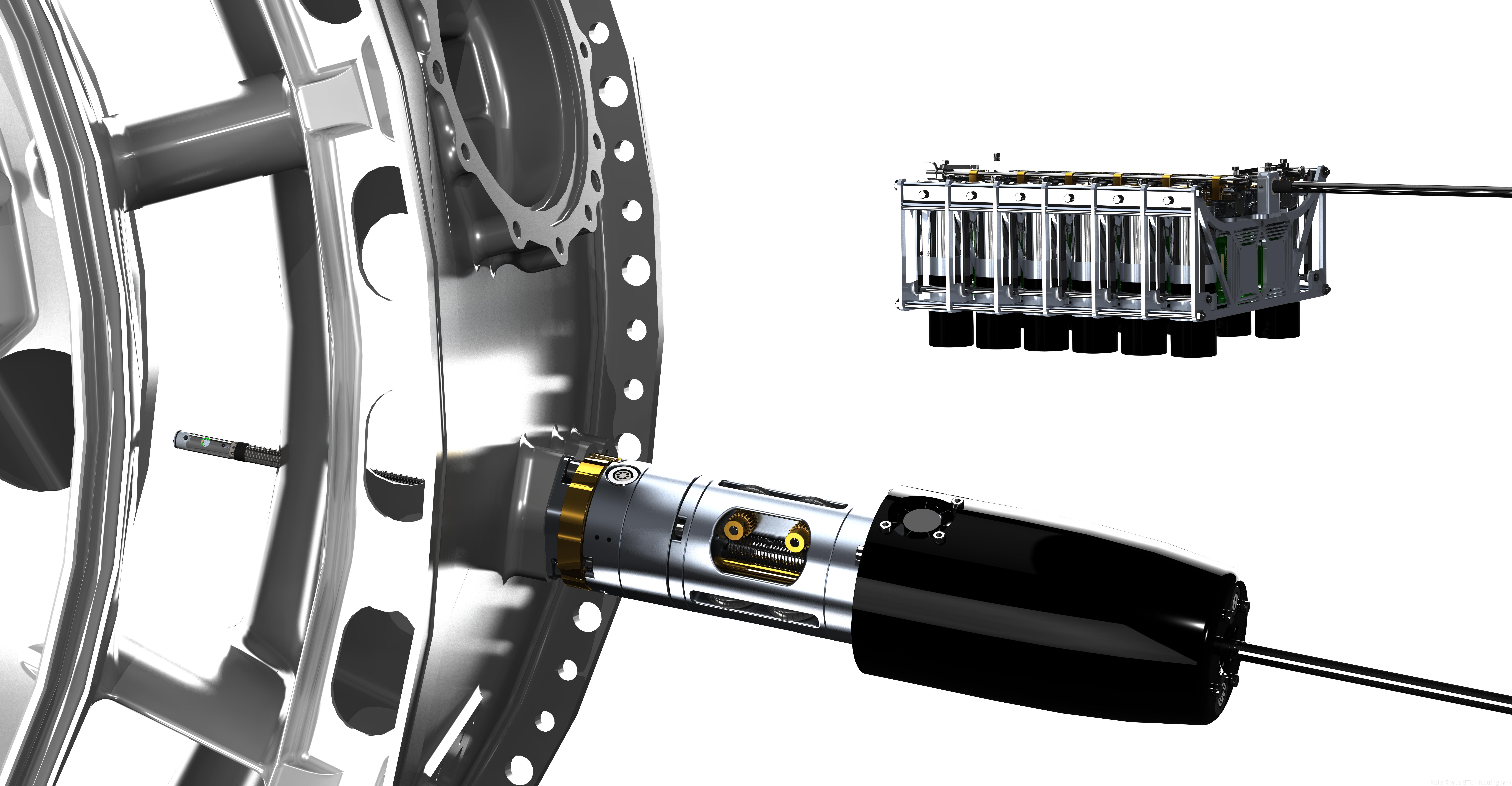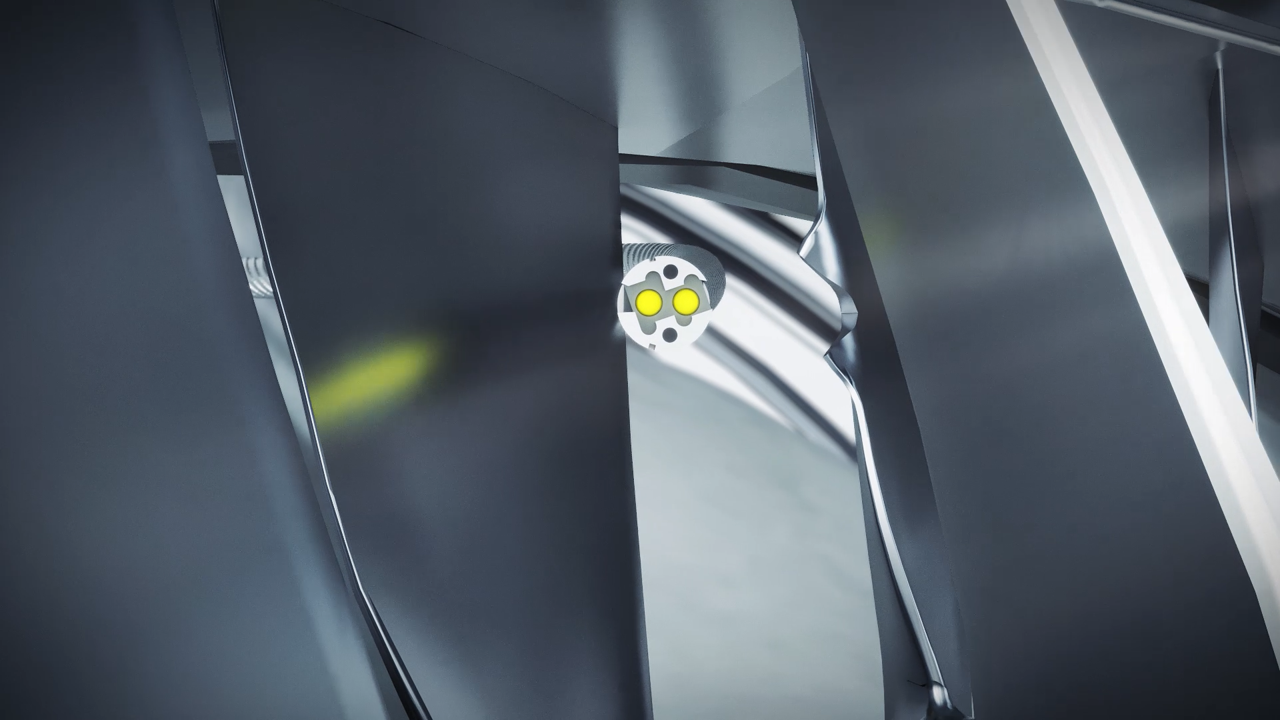Rolls-Royce Launches Emerging Tech Project Aimed at Improving Engine Maintenance, Sustainability

Rolls-Royce is launching a new project to develop 20 emerging technologies aimed at enabling better engine maintenance while reducing airline disruption and environmental impacts. Dubbed REINSTATE, the project is being conducted in partnership with the ATI Programme, a joint government and industry investment trying to grow the UK’s position within civil aerospace.
Some of the focus technologies for the project were already being developed by Rolls-Royce, including snake robots deployed within engines to access and repair complex parts, embedded cameras and additive repair methods. The REINSTATE project will work to industrialize these technologies before their use in Rolls-Royce’s MRO network.
Additional technology being developed within the project includes the utilization of data from engine sensors for predictive maintenance—a focus of Rolls-Royce’s R2 Data Labs innovation arm—and advanced automated repair technologies targeting parts that cannot currently be repaired. Part of the project will entail looking at technologies for analyzing and repairing future gas turbine and electrical aviation products, which Rolls-Royce says will help it support its current and future fleet.

Rolls-Royce's snake robots can travel inside jet engines to access complex parts, enabling new types of repairs.
According to Rolls-Royce, engineers will explore how to repair and maintain materials and components for future low-carbon engines, including electric technology. It will also pursue inspection and composite fan technology, which will be used in its next-generation UltraFan design. The OEM says these new technologies have the potential to reduce CO2 emissions through the reduction of unnecessary maintenance and component scrappage. It says the use of digital inspection techniques and key-hole surgery for engines will also reduce the movement of people and parts.
“Our latest engines are quieter and cleaner than ever before, substantially reducing CO2 emissions,” says Ian Mitchell, chief of technology, repair and services, Rolls-Royce. “This program will take that one step further by improving how we service our engines, creating technologies which will reduce waste, avoid emissions and minimize disruption, while laying the foundations to service the gas turbine and hybrid-electric engines of the future.”
Rolls-Royce says some of the technologies within project REINSTATE will have use cases that can benefit other industries. For instance, miniature chemical analysis tools could be used in nuclear power generation, where human access is restricted, and high-tech cameras and algorithms could help identify damage on components in sectors such as off-shore wind turbines.
According to a representative for Rolls-Royce, the ATI Programme will provide part of the funding for the project and support the collaborative team, which is comprised of academic organizations and small and medium enterprises, including Roke Manor Research, BJR Systems, Clifton Photonics, the Manufacturing Technology Centre, the University of Nottingham, the University of Sheffield and the University of the West of England.
Work for project REINSTATE has already begun in Derby, UK and is expected to continue for more than three years. Rolls-Royce says it expects some technologies to be deployed before the projects ends in March 2024. Other technologies will be functionally tested and demonstrated through the project, then further developed in the coming years to ensure they are ready for future applications such as Rolls’ UltraFan engine design and electrical propulsion.





